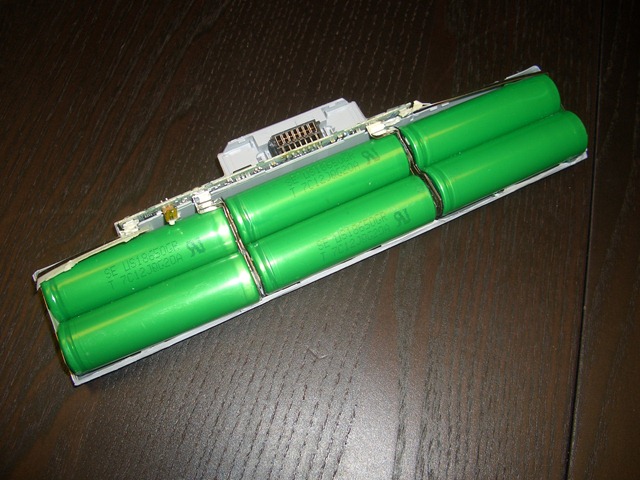Lithium Backpack for Arduino
About 4 years ago, we started with the basics of power management: the Lithium Backpack. For that, it was mostly around form factor and simplicity, which was great since the Arduino has both analog and digital capabilities. If it let me take my Arduino project around, I was happy. A single-cell system, it had 4 pins - +5V, +3v3, GND, and Status. Really, the only two that mattered was my positive and my ground. Simple.

BeagleJuice for BeagleBoard
So when we started working with the BeagleBoard, we started with the same concept: a “shield” type battery for the BeagleBoard platform. Just a little more heavy-duty, since the BeagleBoard is an embedded computer in its own right, and much like my smartphone, will run out of juice pretty quickly.

Nevertheless, the BeagleJuice idea was simple – single-cell battery, charging, mounting standoffs, USB-mini trickle charge capability, and an on-off switch. That was 2 years ago.
Laptop Power Management and the Liquidware Amber
In the meantime, a few projects came along where we really had to wrap our heads around portable power supplies, power management for mobile devices, and the like. Thinking about products with lifecycles of 5 years or more also means that we had to consider things like battery longevity and smart charging cycles.
This was a whole new ball game for us, so we started by taking a look at how consumer laptop batteries are put together. Chris’ old Sony laptop became the sacrificial lamb:




No big surprise – a PCB controller was attached to 6 rechargeable Lithium-ion battery cells. The real fun was in understanding the power management ICs on board, how they communicated with the computer, and what other information was being provided, since the battery pack had quite a few more pins than our original lithium backpack did!
 One of the big takeaways was that we needed to use some more complex power management units in order to provide the complex battery systems people were used to using with laptops and robust embedded systems. So for the Liquidware Amber, we incorporated laptop power management circuitry, which enabled multiple cells in series to provide higher charge capacity as well as high-power output (the Liquidware Amber battery pack delivers 5V at up to 4A for an extended period of time). What does this mean for functionality? A lot of charge and discharge management algorithms that go on behind the scenes, but also the ability to read out current, temperature, and voltage status to the display – something we take for granted on most modern devices, but actually involves quite a bit more complexity than strapping some rechargeable batteries to a board!
One of the big takeaways was that we needed to use some more complex power management units in order to provide the complex battery systems people were used to using with laptops and robust embedded systems. So for the Liquidware Amber, we incorporated laptop power management circuitry, which enabled multiple cells in series to provide higher charge capacity as well as high-power output (the Liquidware Amber battery pack delivers 5V at up to 4A for an extended period of time). What does this mean for functionality? A lot of charge and discharge management algorithms that go on behind the scenes, but also the ability to read out current, temperature, and voltage status to the display – something we take for granted on most modern devices, but actually involves quite a bit more complexity than strapping some rechargeable batteries to a board!This is the first post in a three-part series on portable power management. In the next one, I’ll discuss the specific features and algorithms we considered in building a laptop power management system, and answer Keith’s original question about a standalone Amber battery. Questions, thoughts or projects – email me directly: justin dot huynh at liquidware dot com.
No comments:
Post a Comment